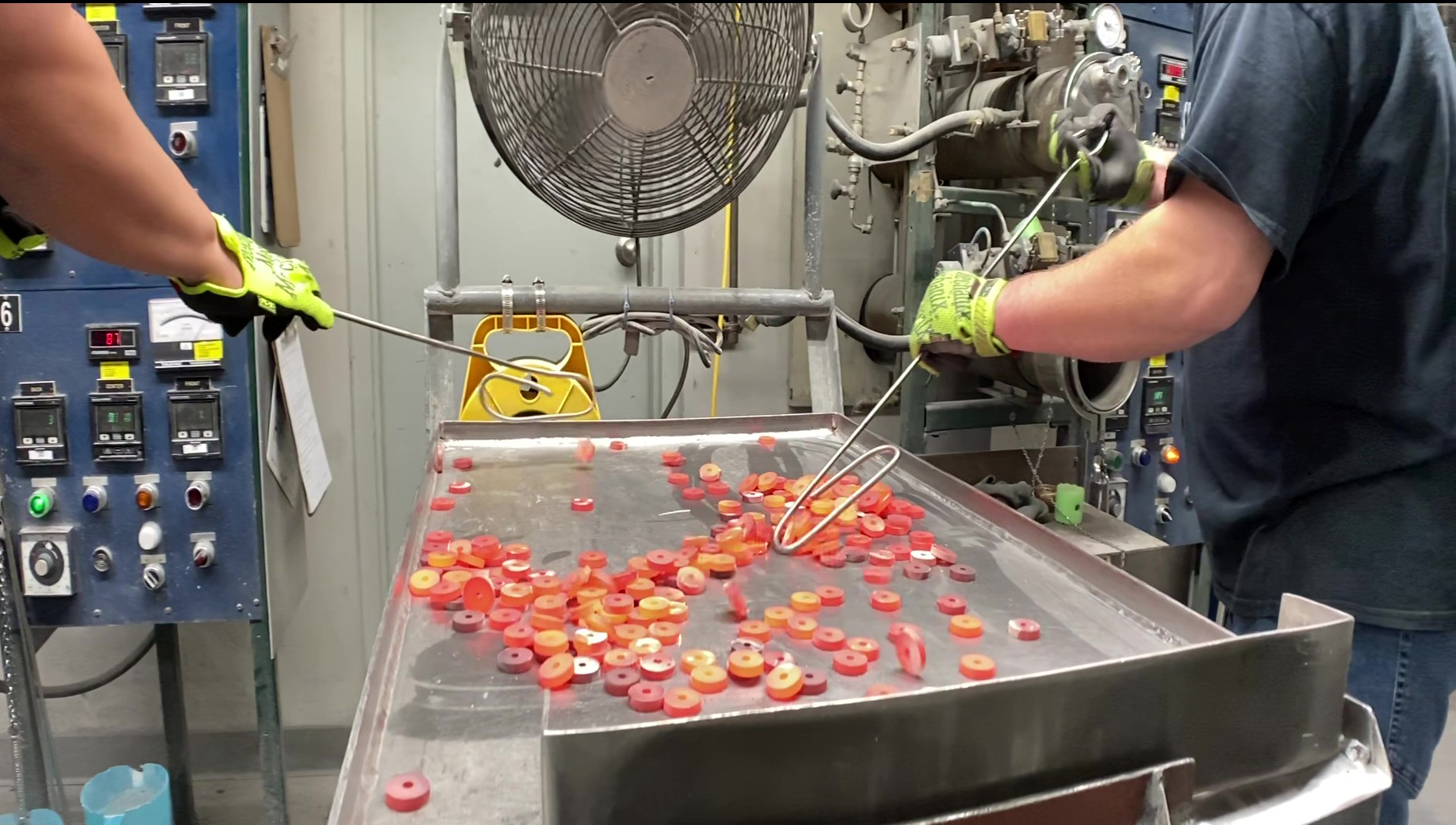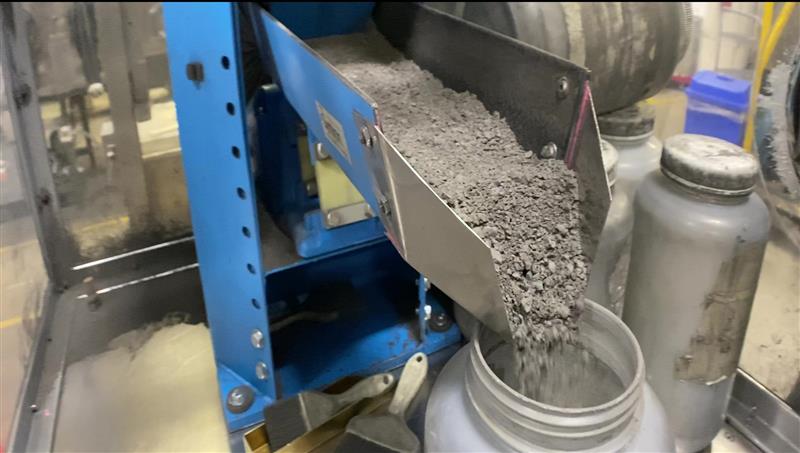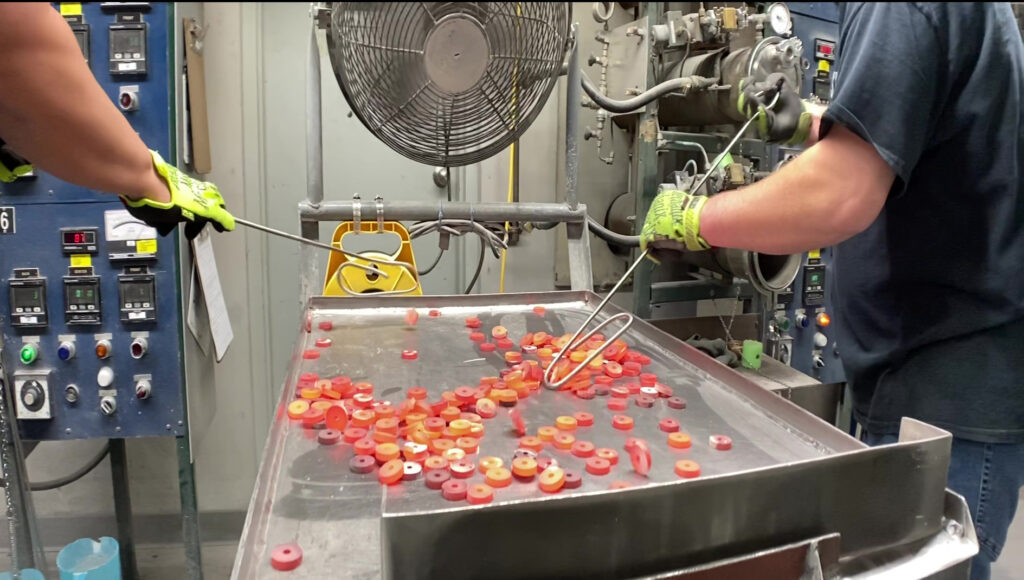How is a rare earth magnet made?

How are rare earth magnets made?
Permanent magnets power much of the technology we rely on every day—from the motors in electric vehicles to sensors in medical devices, actuators in aerospace systems, and generators in wind turbines But how exactly are these high-performance magnets made?
Here’s a look at the journey of rare earth permanent magnets, from raw materials to fully magnetized components and assemblies.
Choosing the Right Materials
Permanent magnets are made from materials that can maintain a strong magnetic field over time. While traditional magnets use iron, nickel, or cobalt, the most powerful magnets today are made from rare earth elements—particularly neodymium and samarium.
Two of the most widely used types are:
- Neodymium Iron Boron (NdFeB): Delivers the highest energy product at room temperature.
- Samarium Cobalt (SmCo): Offers excellent temperature stability and corrosion resistance.
Material purity is critical, especially for applications in aerospace, defense, and medical industries where reliability is non-negotiable.
Alloying and Melting
The selected elements are melted together in vacuum induction furnaces or processed using strip casting techniques to form alloyed ingots. These ingots are not just simple mixtures—they form specific crystal structures that define their magnetic properties.
Learn more about our precision manufacturing process.
Milling into Fine Powder

Once solidified, the alloy is crushed and jet-milled into a fine powder—typically just a few microns in size. This stage is carefully controlled to prevent oxidation, often performed in inert gas environments.
Pressing and Alignment
The powder is pressed into a rough shape, known as a “green compact.” During this step, a magnetic field is applied to align the powder particles in the same direction. This alignment of magnetic domains ensures optimal magnetic strength in the final product.
There are different pressing techniques—axial, transverse, or isostatic—depending on the required shape and magnetic orientation.
See how precision alignment supports mission-critical applications.
Sintering for Strength

The pressed compact is then sintered at high temperatures (around 1000–1100°C) in a vacuum or inert gas. This process fuses the particles together into a solid, dense magnet without melting them completely. Controlled cooling afterward helps lock in the desired microstructure and magnetic characteristics.
Machining and Shaping
Sintered magnets are very hard but also brittle. They are machined using diamond-coated tools or grinding processes to achieve precise dimensions and tight tolerances. This is particularly important for magnets used in assemblies like electric motors, couplings, and guidance systems.
Magnetization
At this stage, the magnet is still magnetically “neutral.” It is exposed to a strong external magnetic field—often 30,000 Oersteds (Oe) or more—to align all internal magnetic domains. Once magnetized, the material retains its magnetic field indefinitely unless demagnetized by extreme conditions.
Surface Coating and Protection
Some magnet types, especially NdFeB, are prone to corrosion and must be coated to extend their lifespan. Common coatings include nickel, zinc, epoxy, or parylene, depending on the application and environmental exposure. SmCo magnets are more corrosion-resistant and often don’t require additional protection.
Final Testing and Application
Before shipping, magnets undergo rigorous quality checks—measuring magnetic strength, dimensions, and performance under thermal and environmental conditions. Once qualified, they are integrated into systems ranging from surgical tools to satellite thrusters.
How magnets are made is a complex blend of material science, precision engineering, and controlled manufacturing. Whether it’s powering next-generation aircraft or enabling cleaner energy, rare earth magnets are at the core of critical technologies—and the care taken in their creation reflects just how vital they are.



